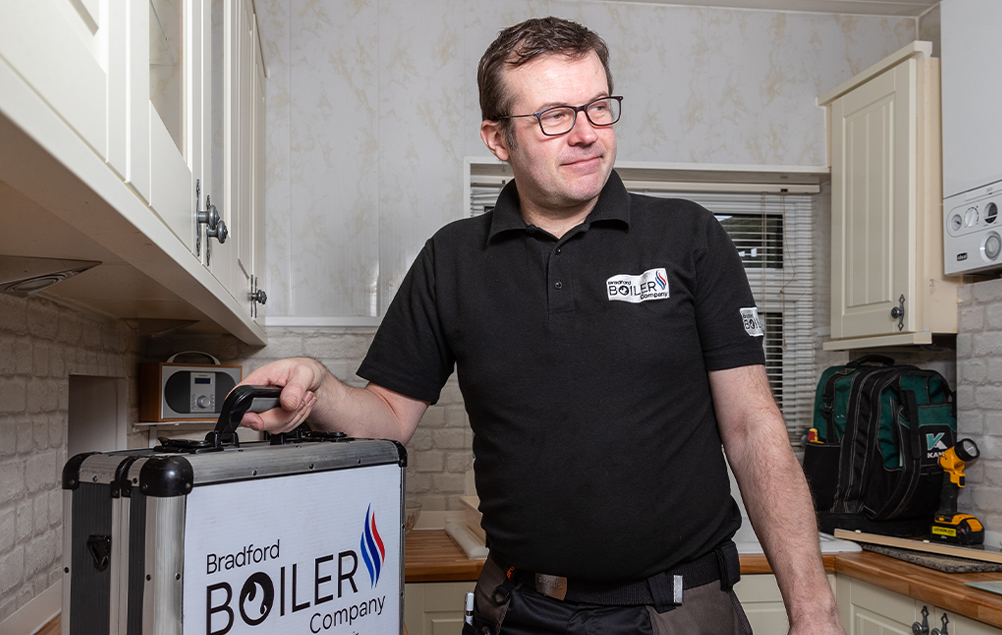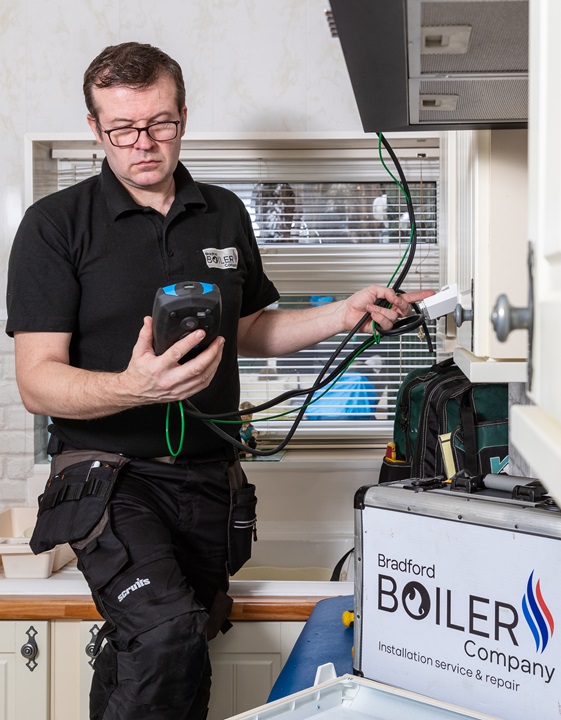Ideal logic F2 error code
With over 4 millions boilers manufactured in the UK at their main factory in Hull, Yorkshire,
The Ideal Logic Combi boiler in all it variations is a very popular choice for homeowners seeking efficient heating and hot water solutions.
However, like any other Combination boiler on the market, it will encounter occasional errors. The error we will discuss in this article is the F2 error code.
This Error code will stop the boiler’s operation and cause inconvenience to yourself especially if your in the shower and the hot water starts to run cold.
Let us explore the meaning behind the F2 error and suggest potential solutions to resolve it.
Understanding the F2 Error
when the F2 error Appears on an Ideal Logic Combi boiler this indicates a flame loss has occurred on start up or during the operation of heating your home or providing hot water.
This error occurs when the boilers flame detection probe calculates that the flame has either extinguished or failed to ignite properly. When the F2 error is displayed, the boiler will shut down to prevent any potential hazards, the fan will run for 30 seconds to evacuate any gas that is unburnt in the heat exchanger and burner.
Possible Causes of an F2 error code
Several factors can contribute to the F2 error.
A faulty gas valve not letting gas through
Low Gas pressure on the gas main
Faulty or broken ignition probes.
Faulty ignition leads
A blocked flue
A faulty spark generator
Faulty flame detection probe
A break or disconnection in the boiler internal wiring
All the faults above will cause the F2 error
There is a fault in the gas supply to your home.
If you have a prepayment meter you may have run out of credit
How to resolve the F2 Error Ideal Logic code
Unless you have ascertained that the problem is caused by the gas supply to your house, then to Resolve the F2 error requires employing the services of a Gas Safe Registered Heating Engineer who is a specialist in repairing Ideal Logic Combi boilers.
They will inspect and diagnose the issue with ideal logic boiler.
They will diagnose the specific cause of the error, and undertake to rectify the issue with the boiler. A gas safe registered engineer will undertake a series of checks to ascertain what is the problem.
They then should give you a quote/ price to fix the issue.
Conclusion
An F2 error code on an Ideal Logic Combi boiler can disrupt the heating and hot water supply to your home so it is a utmost to get the issue quickly, the issue will cause a great inconvenience for homeowners and Tenants.
However by reading this article you have now gained an understanding on the possible causes and seek professional assistance as it is something that cannot be readily fixed by yourself.
A homeowner can promptly resolve the issue by employing the services of a qualified Gas safe registered engineer
they will undertake the necessary diagnostic to identify the issue and carry out the necessary repairs and adjustments can be made to restore your ideal logic boiler to its proper functioning state giving you lovely heating and hot water in your home.
If you don’t have the time to go through all these steps,
Give us a call
You are welcome to give us a call on 01274 317169 or click here to enter your details into our contact us form
We charge an initial £78.00 including VAT to perform an initial diagnostic investigation into the cause.
If the leak only requires something to be tightened up or a slight adjustment there will be no further cost to you.
If parts are required, then a quote for parts and labour will be given to fix the cause of the F2 error code on your ideal logic boiler.




